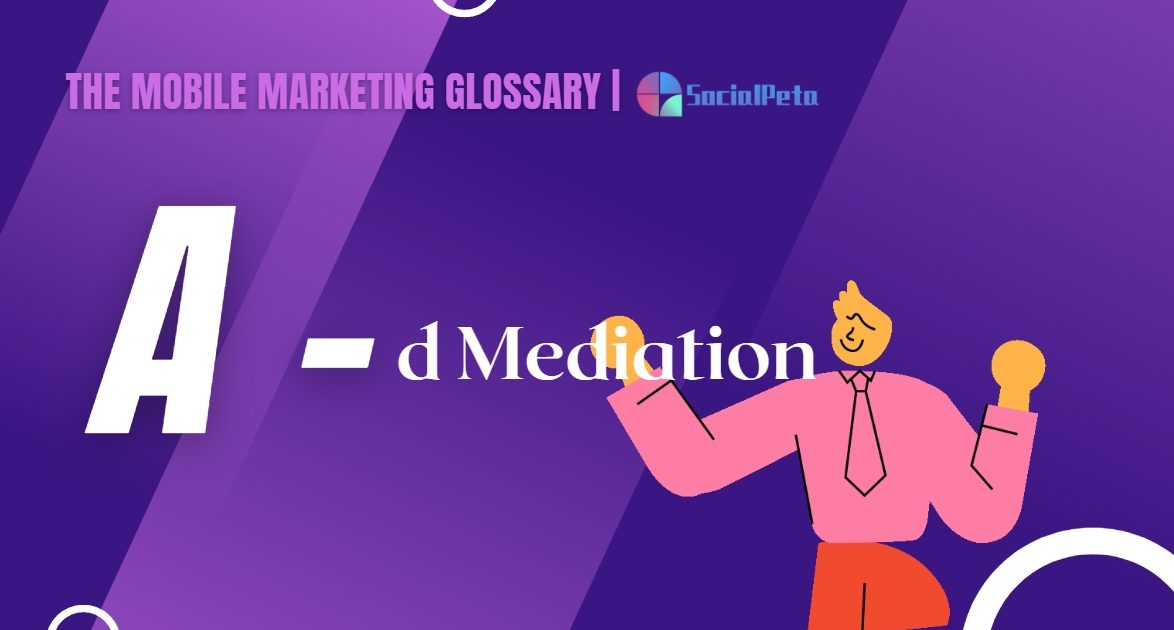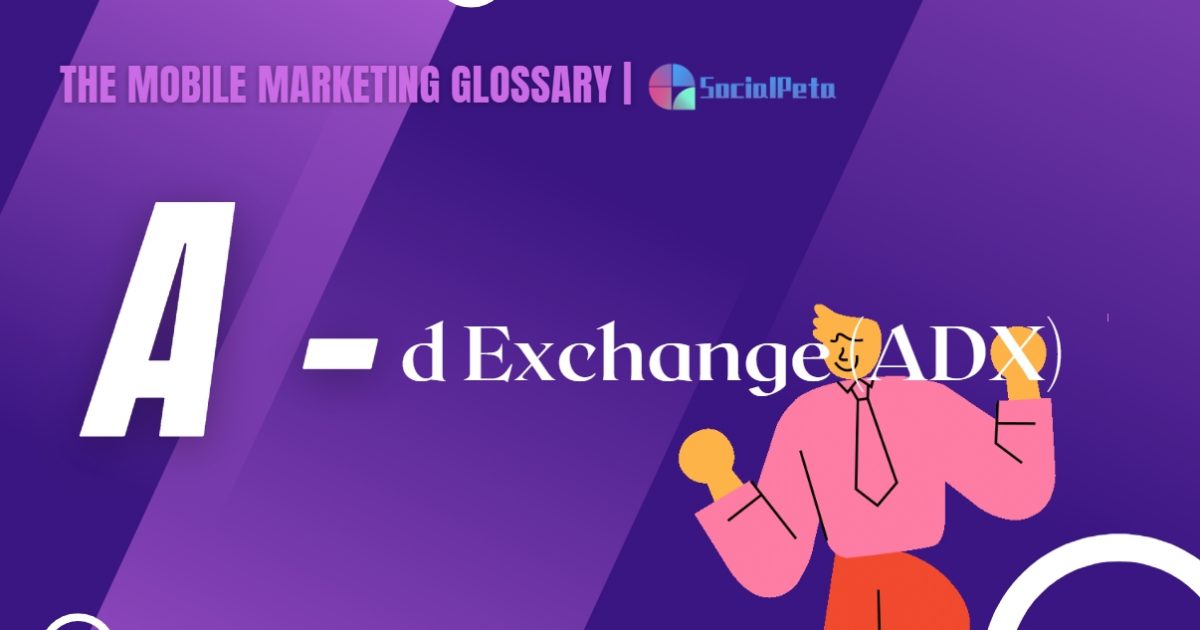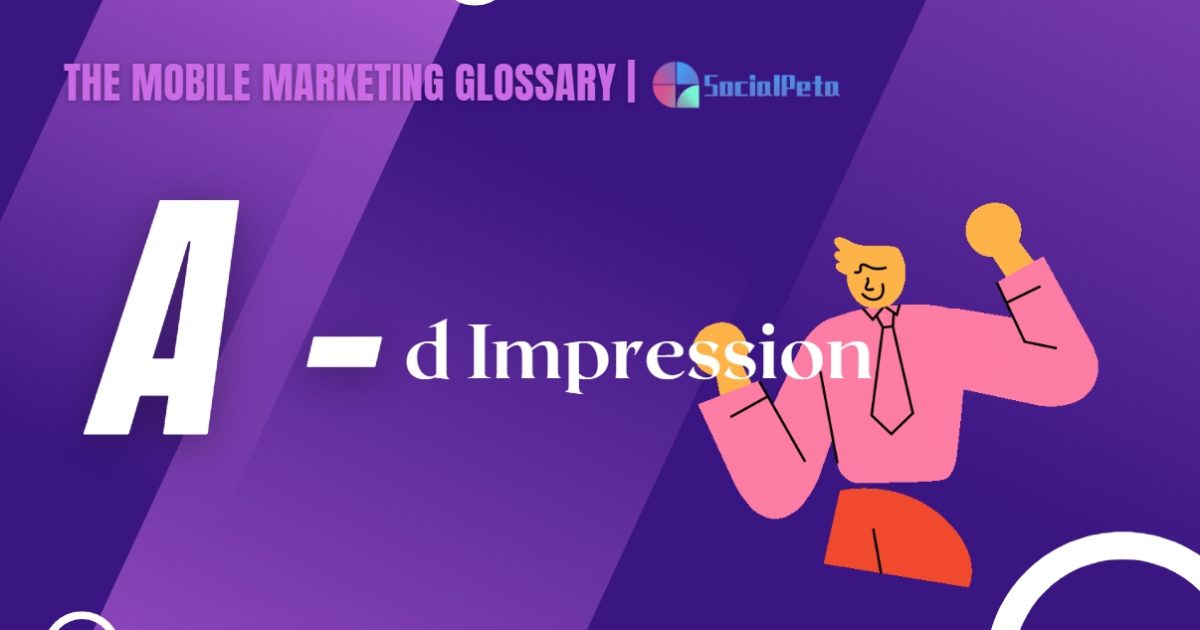What is an Ad Tag?
An ad tag essentially acts as a code snippet or a segment of HTML or JavaScript, enabling the ad server to deliver targeted advertisements on websites or mobile apps. It's a bridge that connects the ad content with the ad space available on publishers' platforms.
Ad Tag Meaning – How Do Ad Tags Work in Marketing Strategies?
Ad tags are the unsung heroes of digital marketing, weaving through the intricate web of advertising strategies to bolster visibility and engagement. But what exactly are they and why should you care?
An ad tag functions as a snippet of code that enables the tracking of an advertisement's performance across multiple platforms. It's the beacon that gathers data on impressions, clicks, and conversions, providing invaluable insights into the effectiveness of your advertising campaigns.
Who Uses Ad Tags?
Ad tags are extensively utilized by advertisers, publishers, ad networks, and ad exchanges.
- Advertisers use ad tags to deliver their ads to specific audiences,
- publishers employ them to monetize their website or app space,
- while ad networks and exchanges facilitate the buying and selling of ad inventory.
The essence of ad tags lies in their ability to streamline the advertising process, ensuring ads are displayed effectively while providing valuable insights into ad performance and audience behavior.
How exactly does an ad tag bolster your advertising campaigns?
Imagine having a tool that not only tracks the performance of your ads but also optimizes their delivery across various platforms. An ad tag precisely does that! By embedding this code within your ads, you enable seamless tracking and data collection, leading to refined targeting, better ad placements, and ultimately, improved ROI.
Where should you strategically place ad tags for maximum impact?
The placement of ad tags is strategic. They should adorn every nook and cranny where your ads exist—be it on social media platforms, within mobile apps, or on websites. By strategically placing ad tags, you harness the ability to gather comprehensive data, allowing for informed decisions in tweaking campaigns for optimal results.
An ad tag essentially acts as a code snippet or a segment of HTML or JavaScript, enabling the ad server to deliver targeted advertisements on websites or mobile apps. It's a bridge that connects the ad content with the ad space available on publishers' platforms. When a user visits a site or app, the ad tag communicates with the ad server, triggering the display of specific ads based on user demographics, preferences, or behavior.
Spy on Top Ads, For Your Apps
Register For Free DemoTypes of Ad Tags
Let's dive deeper into the diverse world of advertising tags that shape the digital advertising landscape.
In the expansive realm of digital advertising, various ad tags play pivotal roles in shaping advertising strategies. The trifecta of Synchronous, Asynchronous, and Third-Party Ad Tags stands as the cornerstone of the advertising technology ecosystem.
- Synchronous ad tags, while synchronous with app content loading, can potentially impede the loading speed or even halt the app's loading process if errors occur during ad delivery. Despite their immediate engagement, these tags demand careful implementation to avoid hindering user experience.
- Asynchronous ad tags operate independently, ensuring a smooth user experience by loading ads separately from the app's primary content. Even if ad requests fail or encounter errors, the app's web pages continue to load seamlessly, sans the ads.
- Third-party ad tags, generated by DSPs or advertisers, play a pivotal role in tracking ad impressions and interactions. These HTML snippets offer comprehensive data insights, aiding in optimizing ad campaigns and improving targeting precision.
Key takeaways:
Synchronous tags might affect page load times, potentially impacting user experience, while asynchronous tags operate independently, preventing such disruptions. Meanwhile, third-party tags open doors to extended functionalities, providing deeper insights and added value to your advertising efforts.





